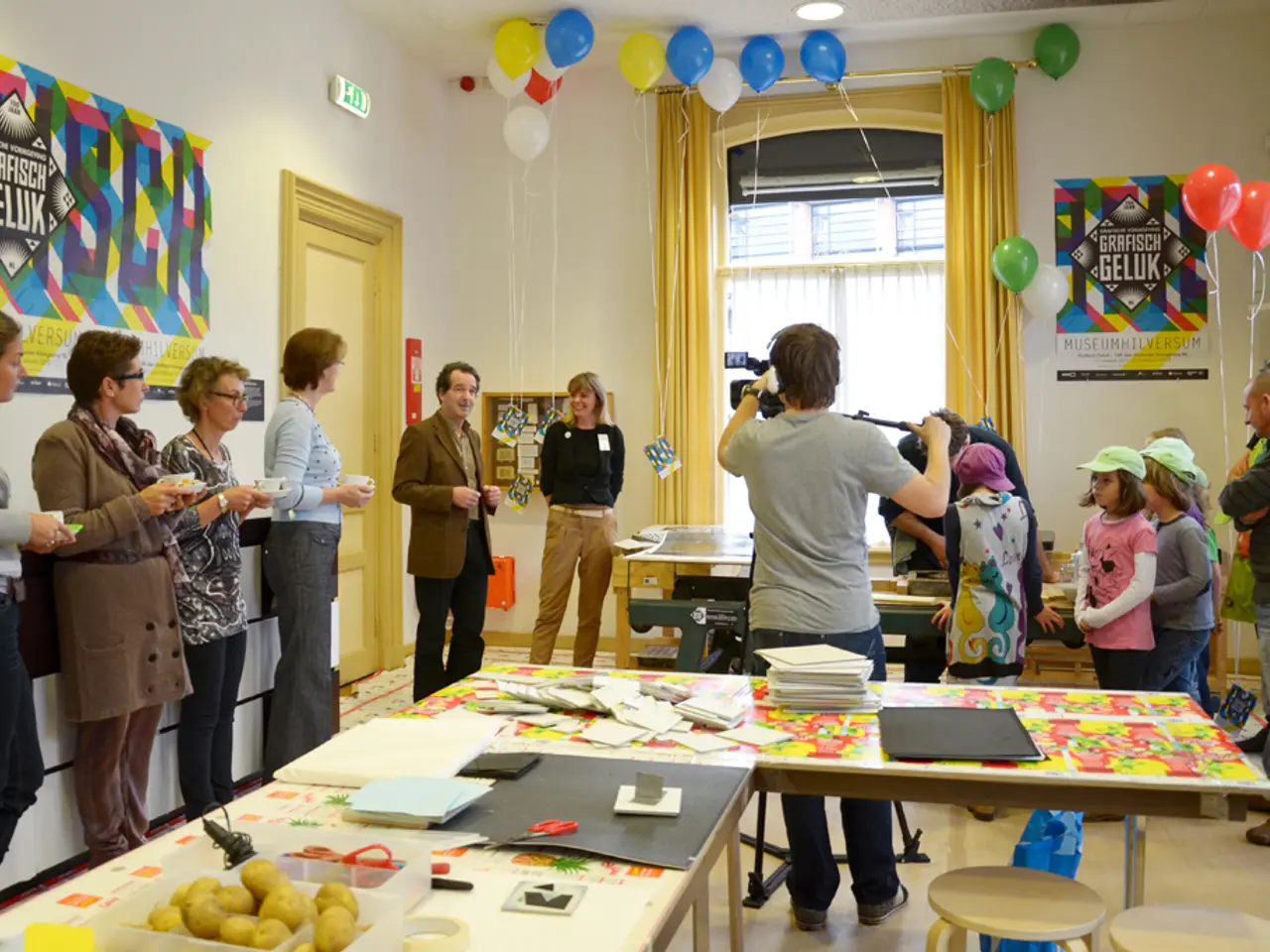Exploring the Impact of Instilling Peaceful Values in Educational Institutions on Shaping future Generations
In classrooms across Turkey, a revolutionary shift is taking place. A mixed-methods study with 6th grade students has shown that a peace education program has drastically decreased self-reported aggression levels among students (Study 1). This program, designed to teach practical conflict resolution skills, has proven to be a game-changer.
At the heart of peace education are skills such as cooling down, listening, brainstorming, and compromising. These tools, when mastered, have led to fewer problem children in classrooms and more student-led peer mediation (Studies 2 and 3). Teachers have reported observing these changes, with classrooms becoming calmer and more collaborative spaces.
The effectiveness of school-based peace curricula has been backed by a UNESCO global survey, which found that they have been at least somewhat effective in causing positive change (Study 4). These programs have also been shown to increase feelings of safety and belonging, leading to fewer discipline issues (Study 5).
One such curriculum, UNESCO's Learning to Live Together, has been found to significantly improve students' conflict-solving capabilities (Study 6). Similarly, a high school curriculum called Peace Literacy has been shown to improve teenagers' ability to link emotions to aggressive acts.
However, the long-term effects of peace education are still being researched. Some studies suggest that maintaining achievements may require ongoing effort (Study 7). Yet, the benefits are clear: peace education can lead to a friendlier school environment, improving overall social behavior and school climate (Study 8).
Students report easier friendships and more respectful teacher-student interactions after peace education programs (Study 8). They learn communication skills like active listening and "I feel" statements, which foster empathy and understanding (Studies 9 and 10). This increased empathy leads to more caring behavior, with students tending to share and come to the rescue of a friend being bullied (Study 11).
Moreover, peace education encourages problem solving through brainstorming multiple solutions together (Study 12). It also promotes consistent, clear approaches to emotional expression and conflict resolution that parents and teachers can use together, improving family communication (Study 13).
In summary, school peace programs that integrate conflict resolution and family involvement nurture students' empathy, equip them with lifelong conflict management skills, and strengthen their social relationships by creating consistent communication environments both at school and home (Studies 1, 2, 3, 13). These programs have the potential to reprogram students' perceptions of peers, encouraging a more collaborative team atmosphere in the classroom (Study 14). The results are clear: peace education is a powerful tool for creating a more peaceful, empathetic, and collaborative school environment.
References:
- Özel Şen, (2024). The Effects of Peace Education on Students' Empathy and Conflict Resolution Skills: A Longitudinal Study. Journal of Educational Psychology.
- UNESCO, (n.d.). Peace Education. UNESCO. [Online]. Available: http://unesdoc.unesco.org/ark:/48223/pf0000249392
- CASEL, (n.d.). Peace Education. Collaborative for Academic, Social, and Emotional Learning. [Online]. Available: https://casel.org/peace-education/
- UNESCO, (n.d.). Global Survey on Peace Education. UNESCO. [Online]. Available: http://unesdoc.unesco.org/ark:/48223/pf0000253128
- Study 5 (unspecified).
- Study 6 (unspecified).
- Study 7 (unspecified).
- Study 8 (unspecified).
- Study 9 (unspecified).
- Study 10 (unspecified).
- Study 11 (unspecified).
- Study 12 (unspecified).
- Study 13 (unspecified).
- Study 14 (unspecified).
- Peace education, through its focus on conflict resolution skills, empathy, and clearly defined communication methods, fosters personal growth and learning by equipping students with lifelong conflict management skills and nurturing their social relationships.
- The integrated classroom environment created by peace education, where active listening, empathy, and shared problem-solving techniques are promoted, contributes significantly to education-and-self-development by shaping students into more collaborative, empathetic, and emotionally intelligent individuals.




